Maratha Reservation Protest - Background.
Marathas, the dominant caste in Maharashtra, have been protesting, seeking affirmative action (reservations in Indian English) for themselves over the past decade. This week, thousands of Marathas from the poorer eastern part of the state descended on the capital, demanding action.
In India's Maharashtra State, the dominant caste is known as Maratha. Marathas, a mix of warrior and agrarian castes with significant landholding, have played a crucial role in India’s history in the past 500 years. In the past, Maratha agriculturists were also warriors who successfully conquered a substantial part of India, forming the Maratha Confederacy with its power centre in Pune. Despite the colonial British takeover, many Maratha kings continued to rule in alliance with the British until the formation of the Indian Union in 1947. This historical background granted the Maratha community significant influence, particularly in their home state of Maharashtra. Marathas hold positions of power in villages, towns, and the state itself, with a substantial representation among Chief Ministers and local councils.
The state of Maharashtra remains the ancestral home of the Marathas, solidifying their influence in various domains, including agriculture and the overall economy. However, as India undergoes economic changes, mechanization transforms the agricultural sector, and farms break into smaller land holdings. Dominant castes like the Marathas, who traditionally owned vast agricultural lands, are experiencing the repercussions of these changes.
As a developing economy, India faces challenges in providing quality education and essential services, particularly in rural agricultural areas. Affirmative action, known as reservations in India, has been implemented since the 1950s to address historical inequalities. This policy has enabled individuals from oppressed castes to access education, albeit of lower quality, and transition away from agriculture. However, the Marathas, predominantly engaged in agriculture in the economically disadvantaged eastern parts of Maharashtra, are now seeking reservations in education and job opportunities.
A significant economic disparity exists between the affluent and the less privileged within the Maratha community.
Kunbis are a community who also see themselves as Marathas and are classified as an ‘other backward class’ (OBC) by the state. It gives them certain affirmative action benefits. The Marathas now want to claim the benefits from the state that the Kunbis get and are demanding it from the government.
The Marathas are not unique in this demand lately. The economically disadvantaged Marathas and similar dominant castes like Patels (Gujarat) and Jats (North India) in India view reservations as a pathway to escape agriculture and secure opportunities in education and jobs, particularly in urban areas.
Observing the protests in Mumbai, it becomes evident that the demonstrators from the Maratha community include both the well-off, driving muscular cars and seeking power, and the less privileged, comprising farm labourers who are landless and rely on hired transportation such as station wagons, trucks, two-wheelers, and cycles.
Are the Marathas backward or forward? (comparative data)
Understanding the Rural–Urban Roots of Maratha Caste Mobilisation for Reservation
THE MUSCULAR CARS
Cars are a symbol of status in India. It’s more so in the interiors of Maharashtra, where these protestors hail from. Usually, protests in India have participants who can’t afford to take a day off from work or even buy tickets for a bus or train. The Marathas are different. As a dominant caste or community, the cars, when they flood the capital city, ensure that the Government sees their show of power.
People take selfies with the car that brought their leader to Navi Mumbai.
MOST PROTESTORS CAME AS GROUPS IN TRACTORS, STATION WAGONS, BIKES AND EVEN CYCLES.
Over the coming days, I will share a few more images from the protest, of the protestors and the Jarange-Patil Cult of Personality that will give you an idea of protests on the streets of India.


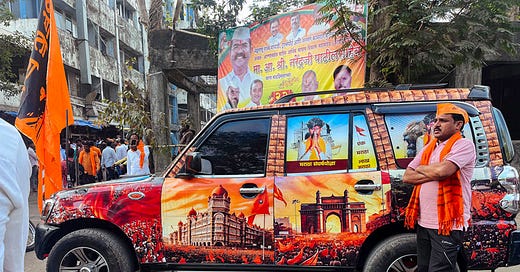



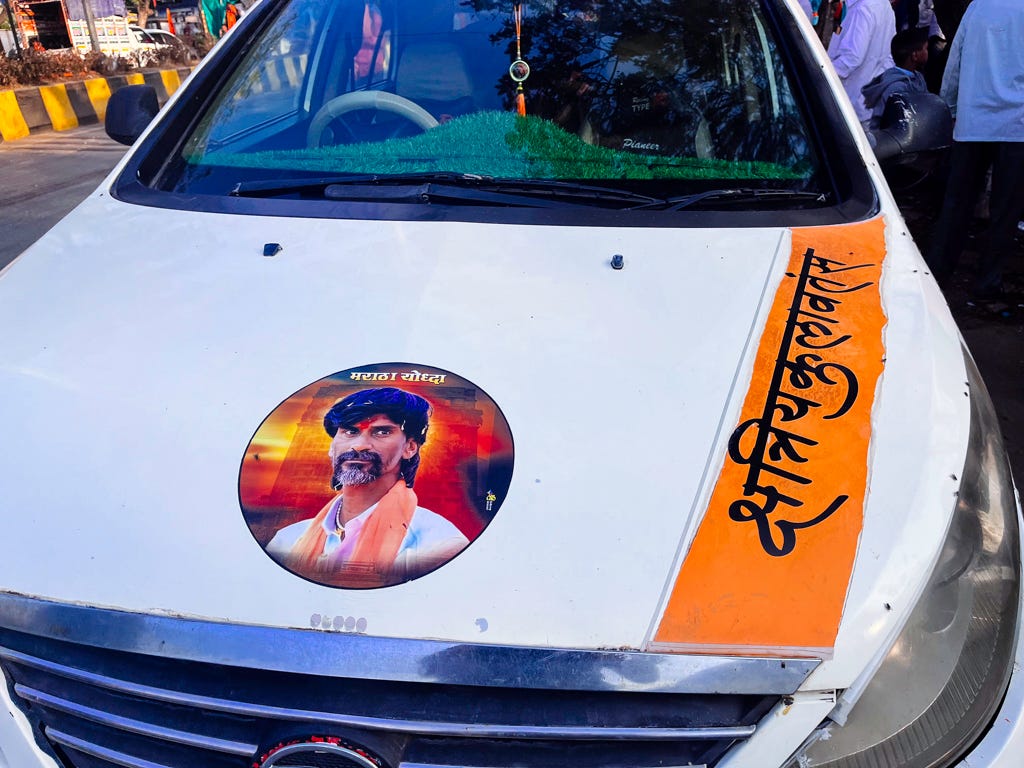
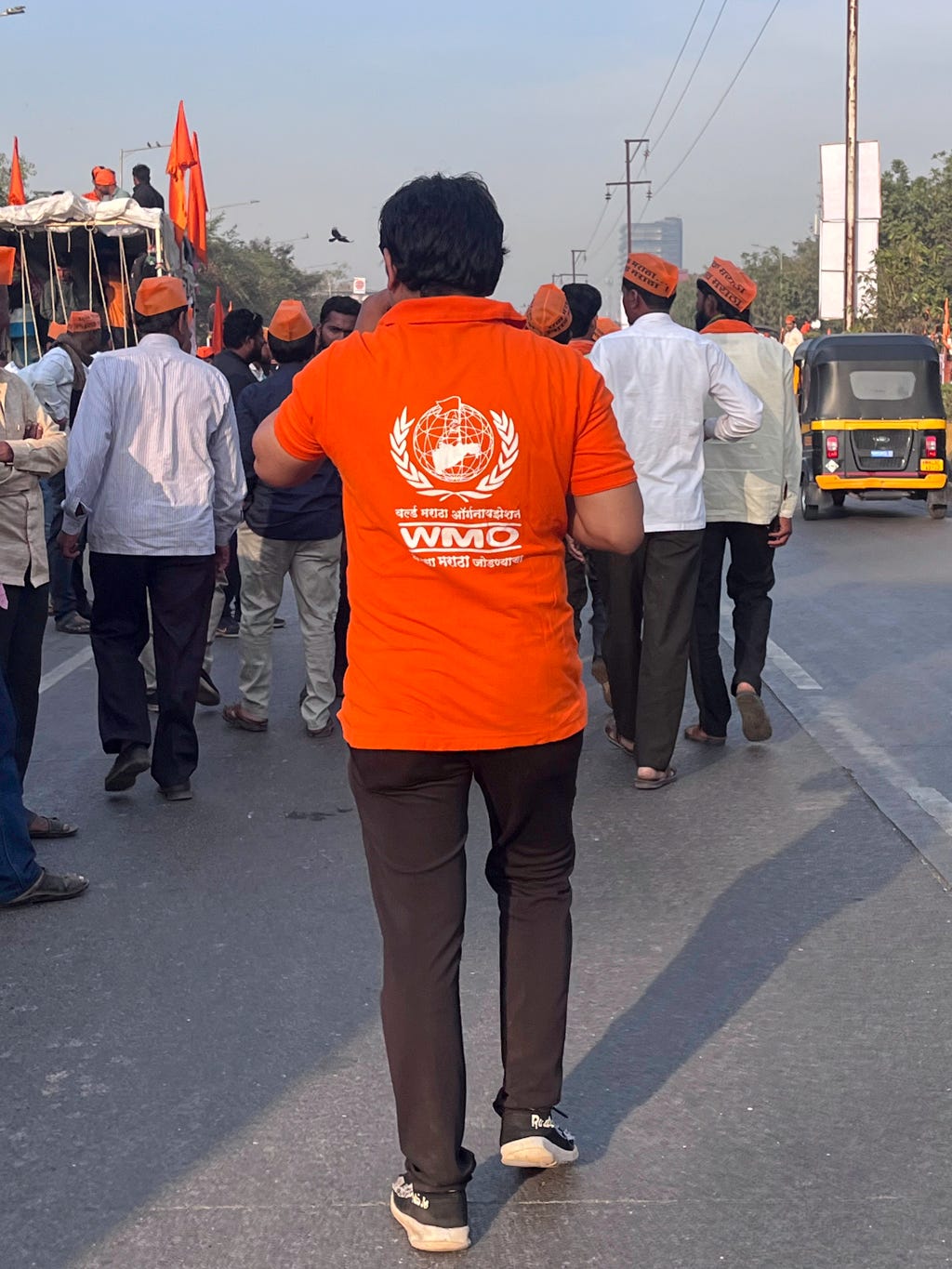
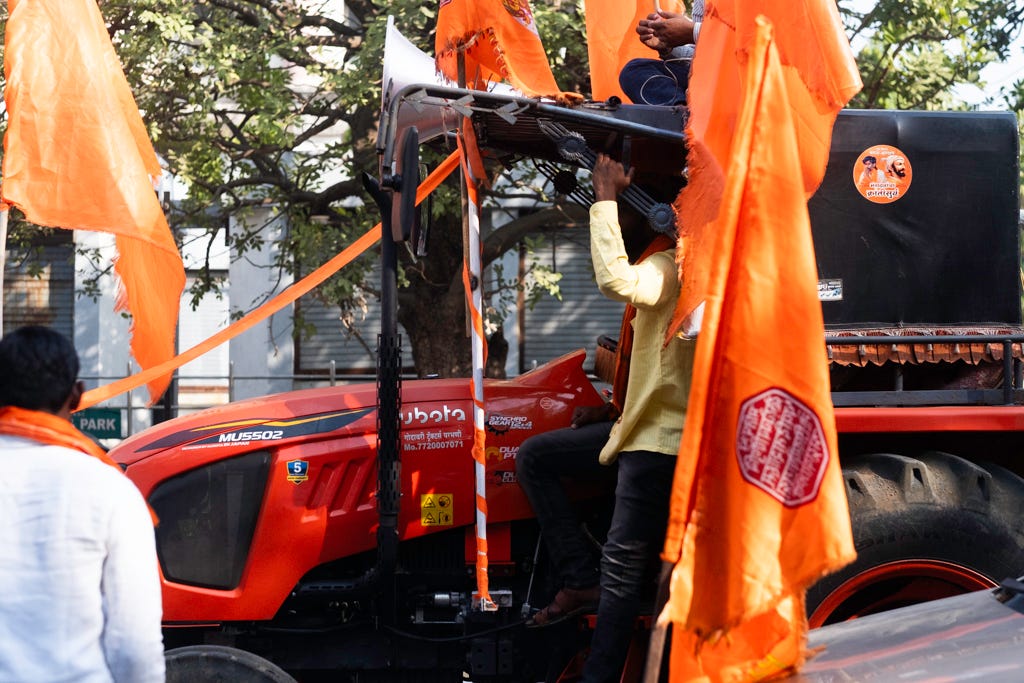
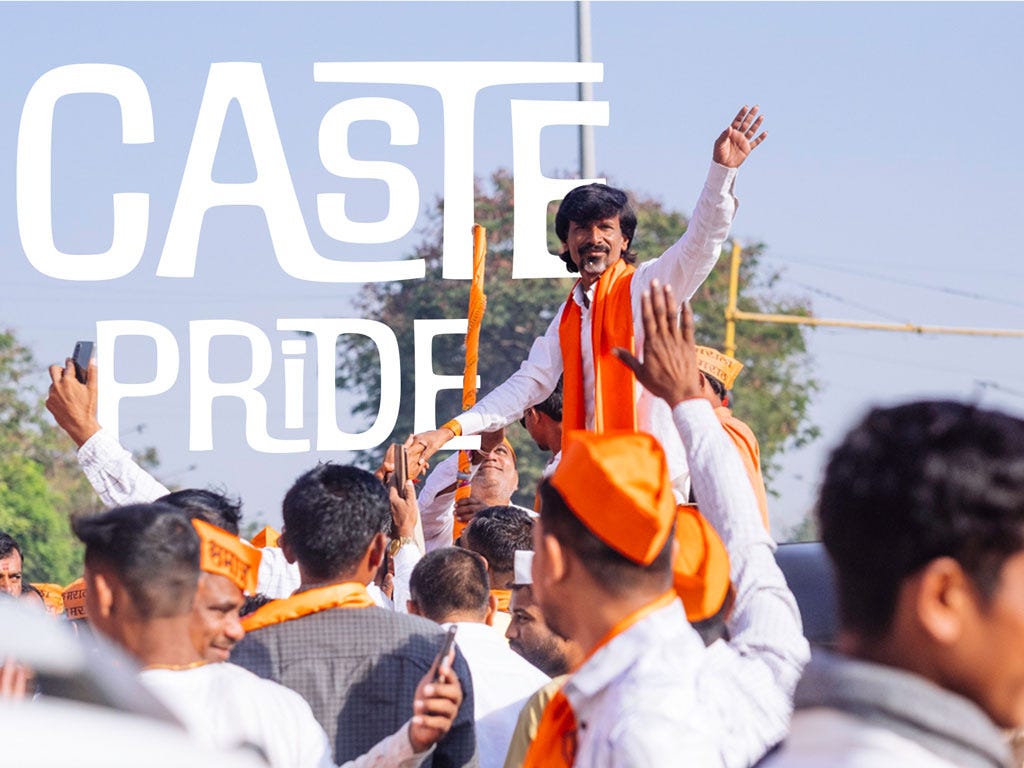
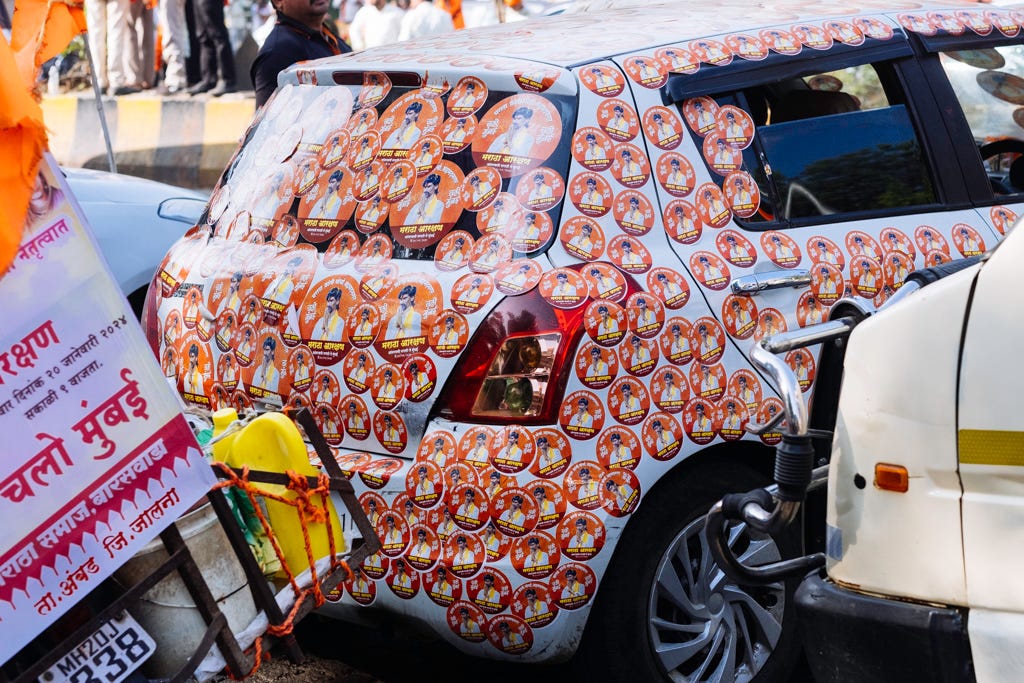
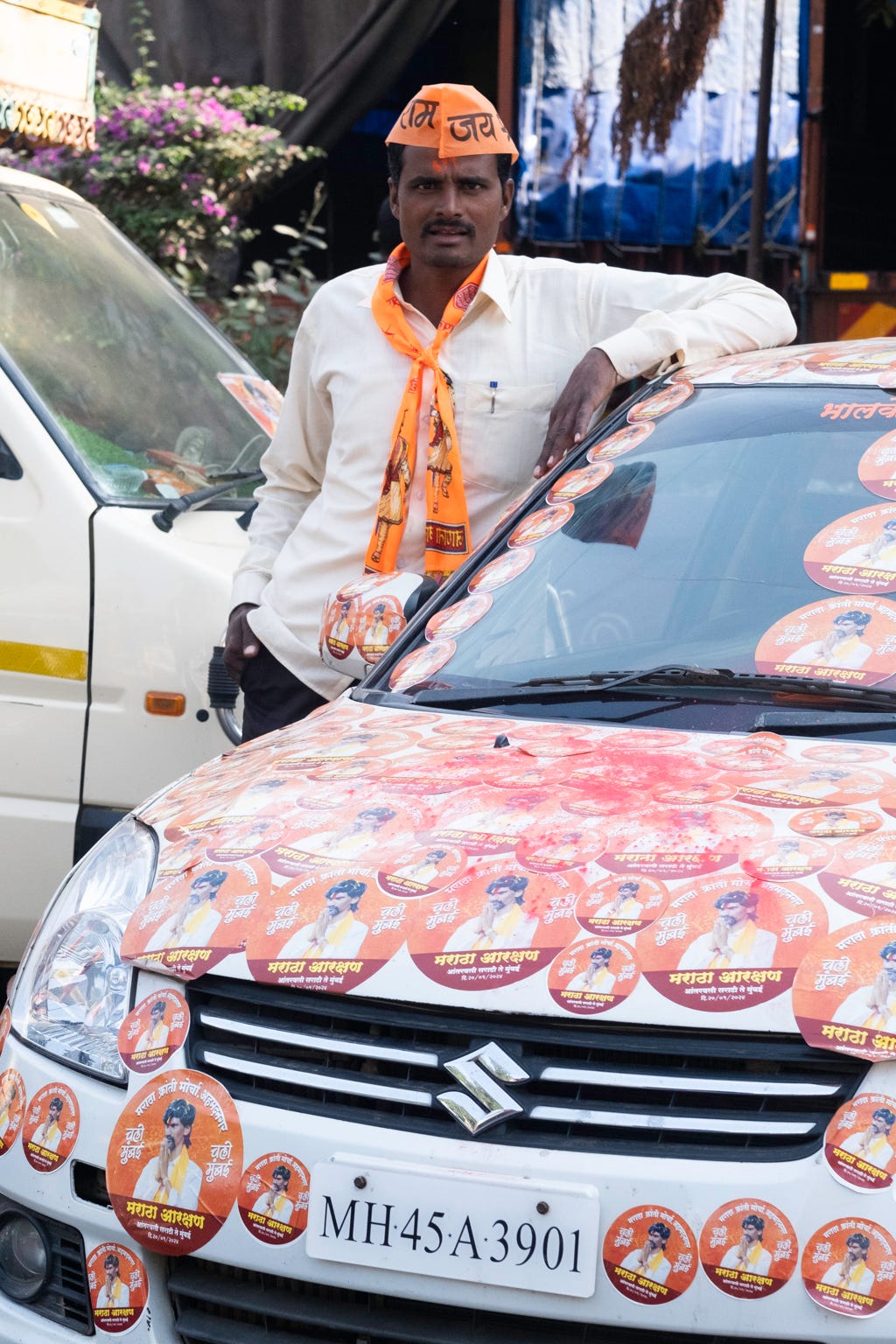



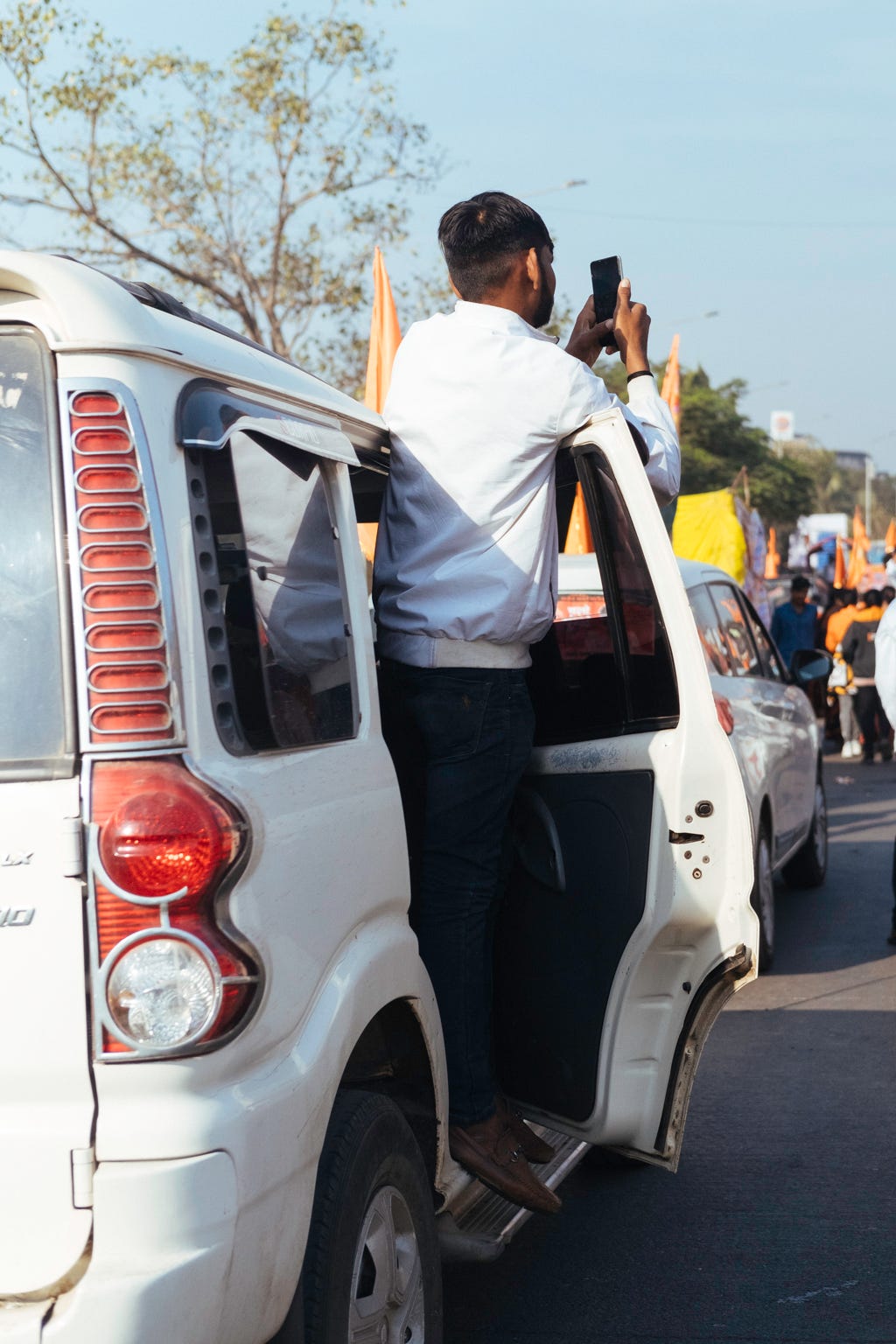
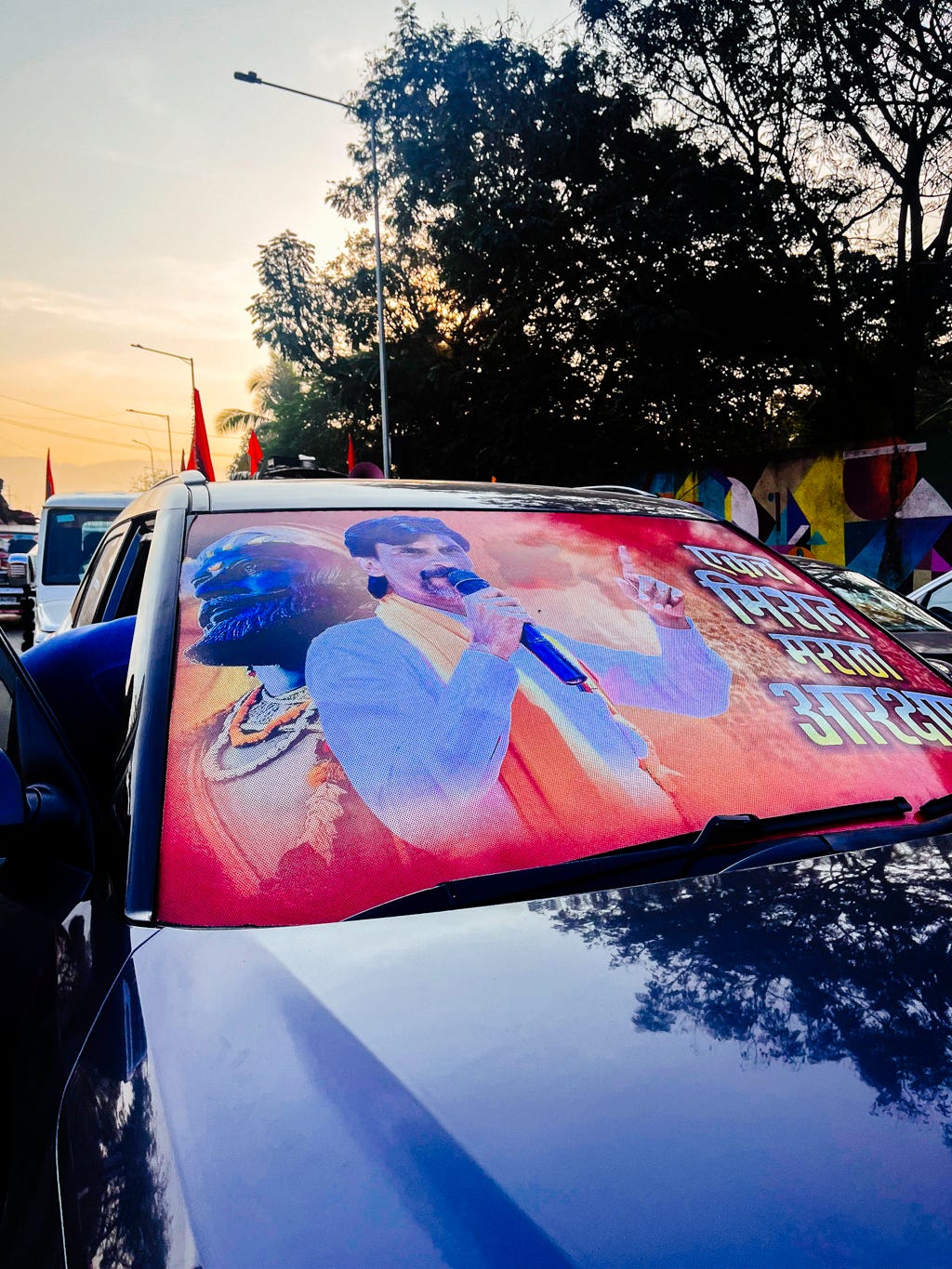
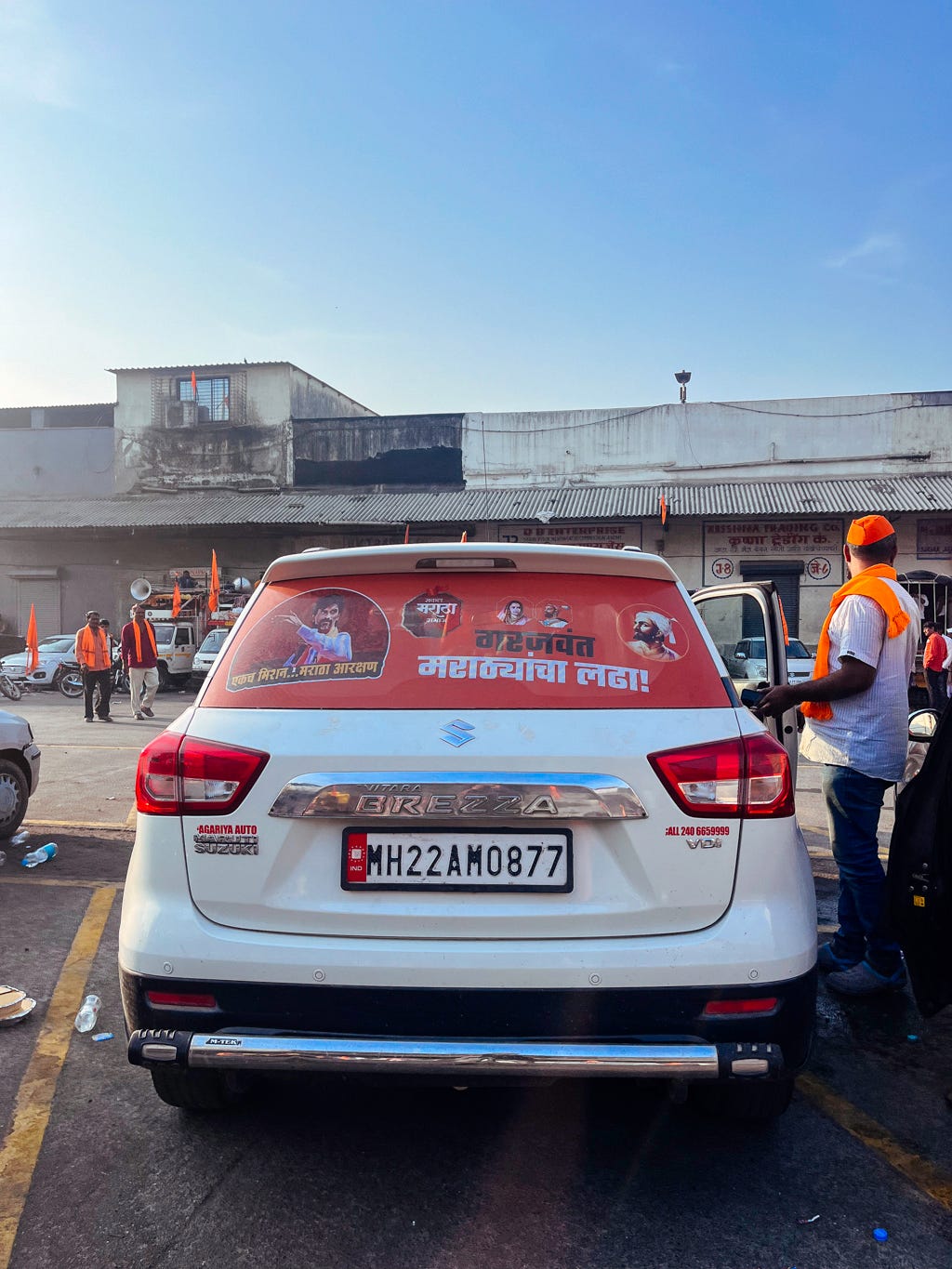
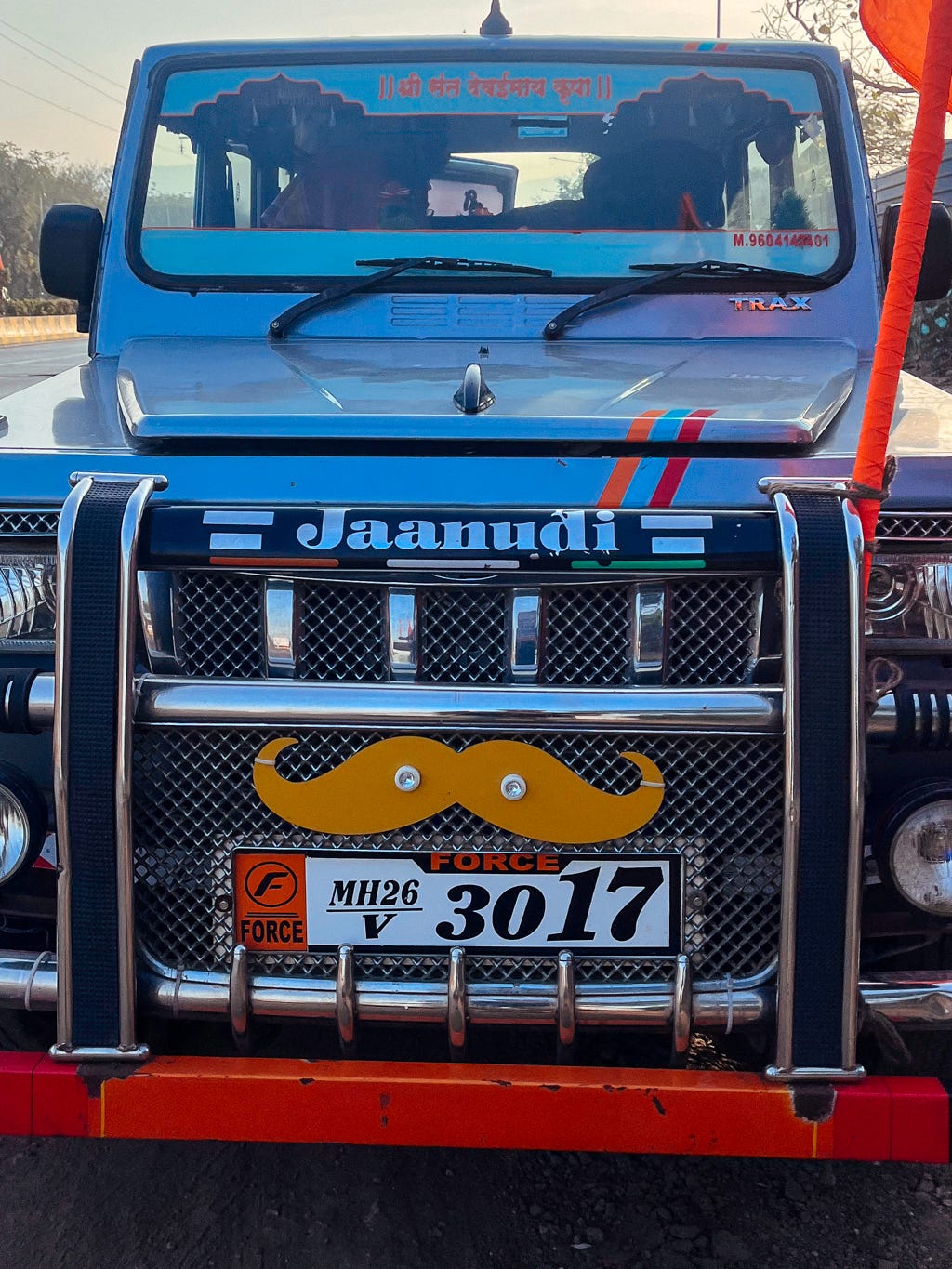
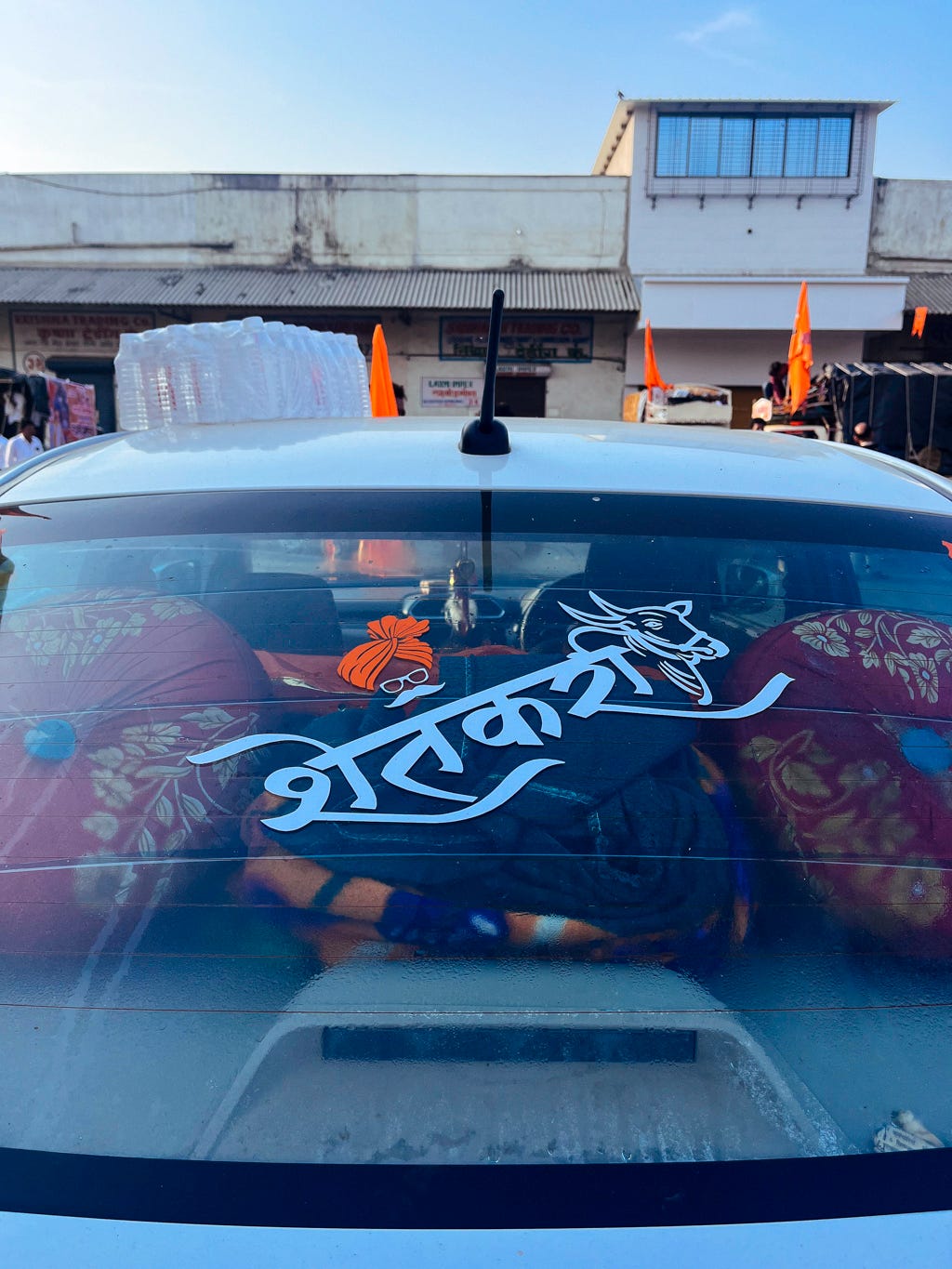
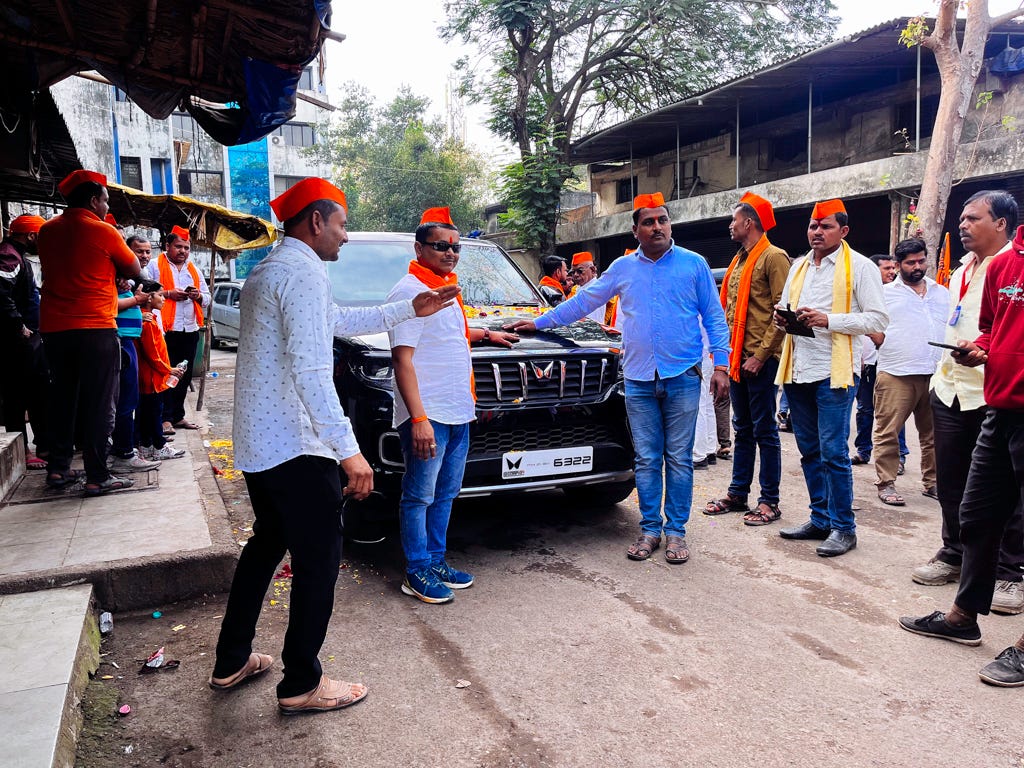

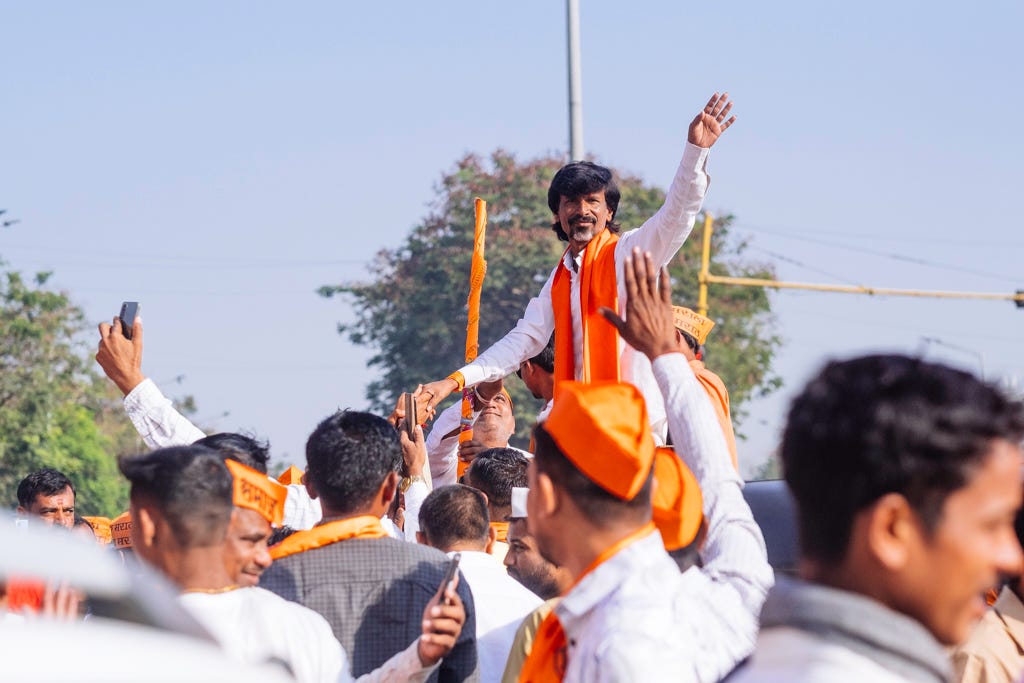
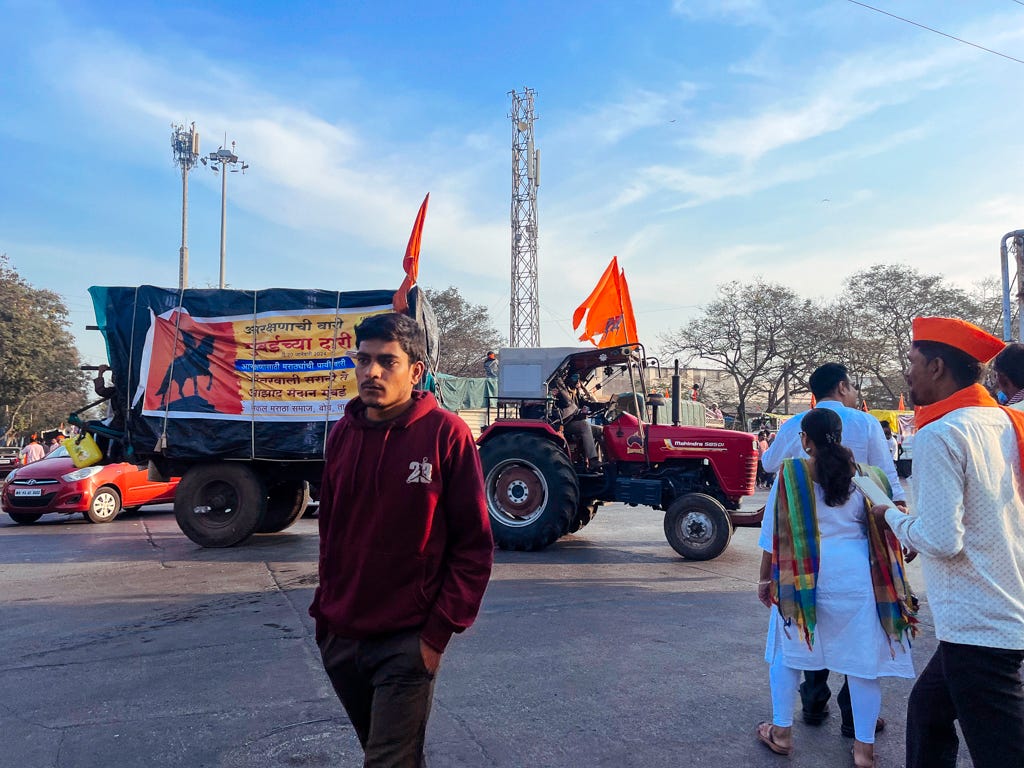
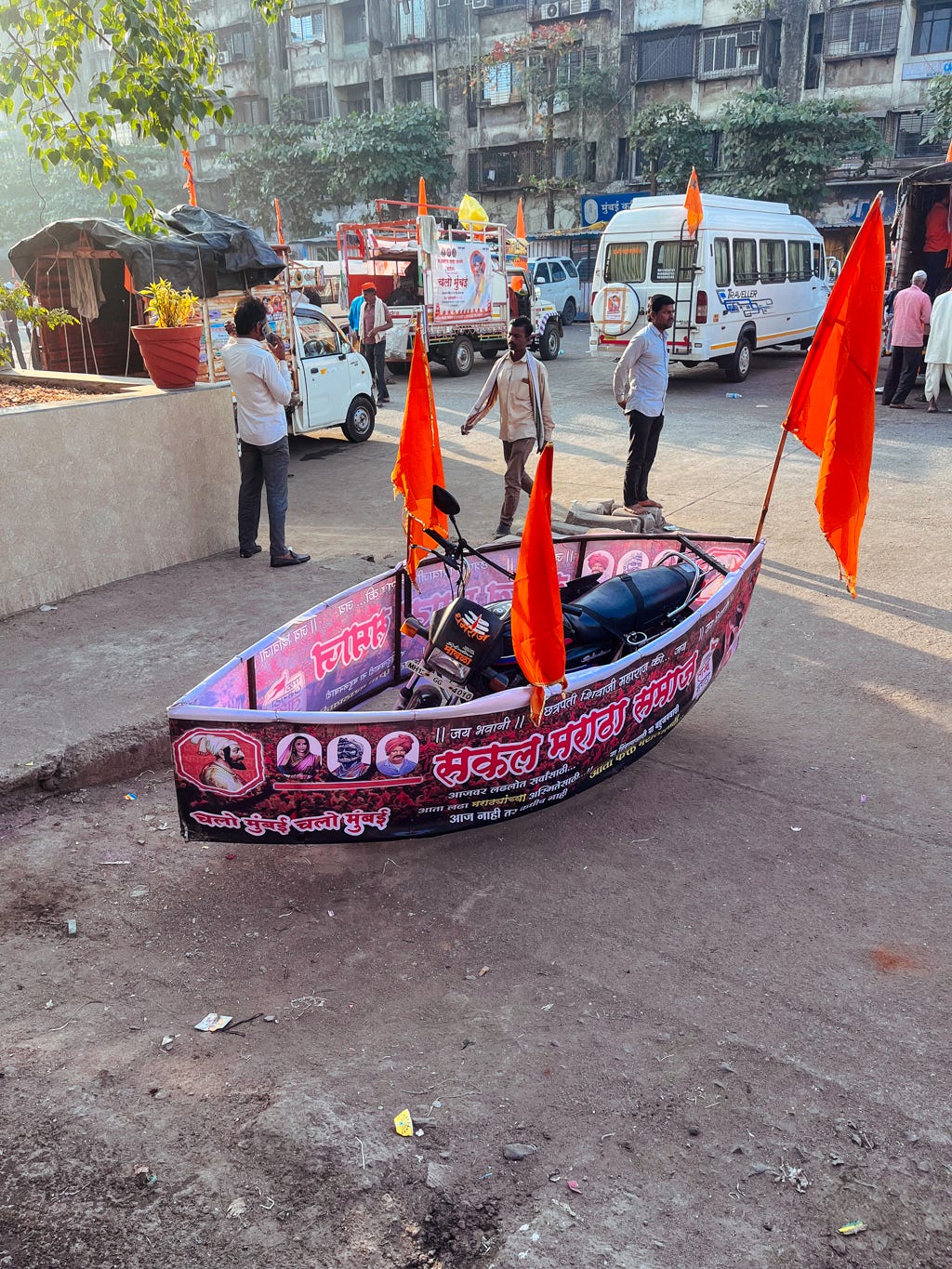
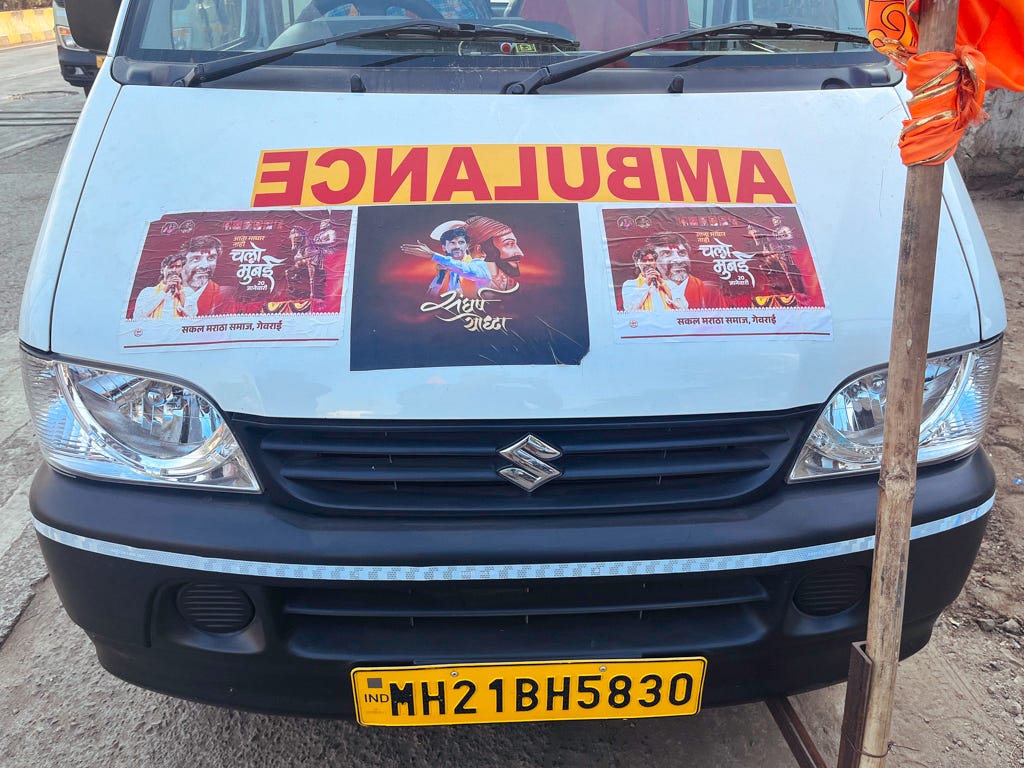
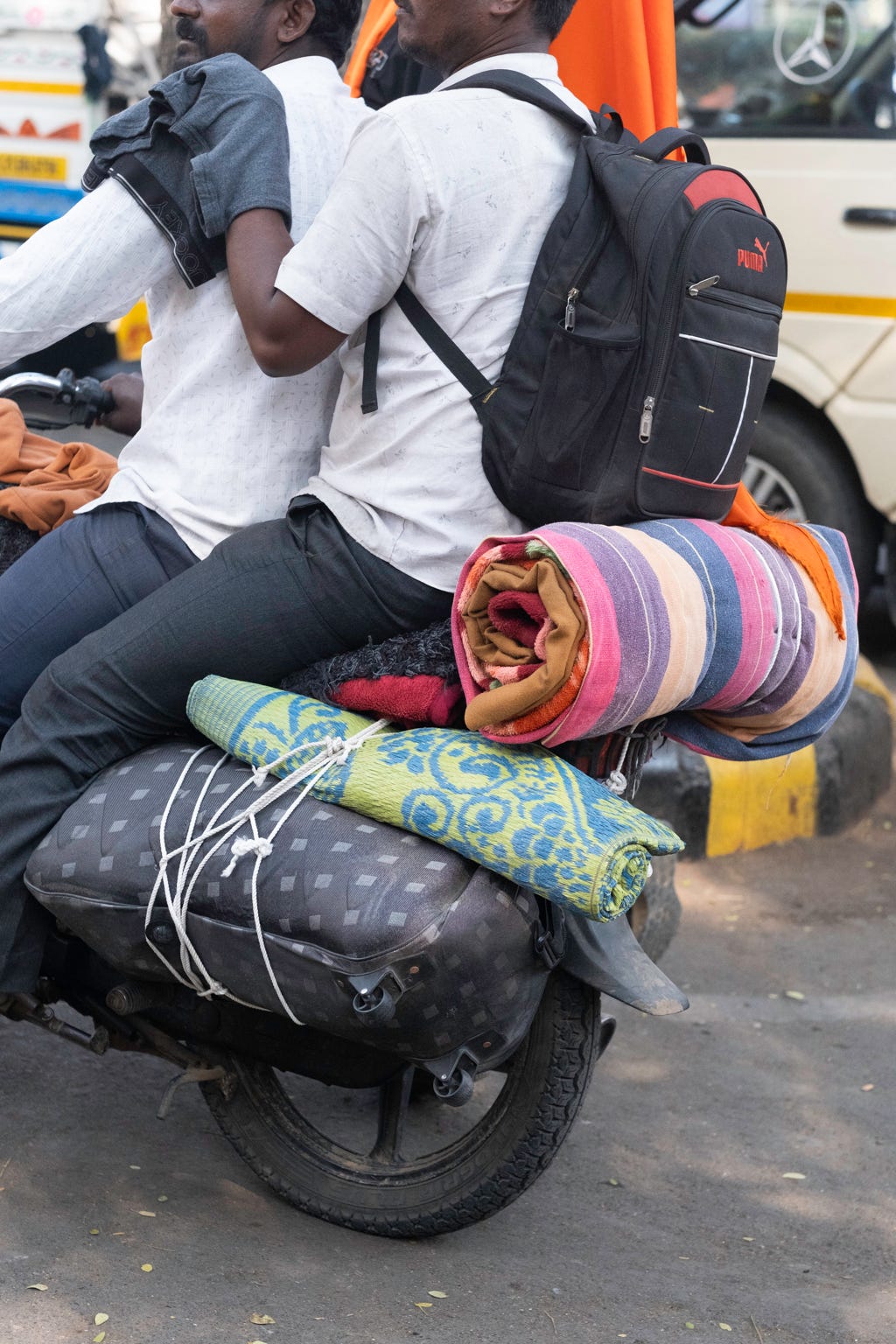
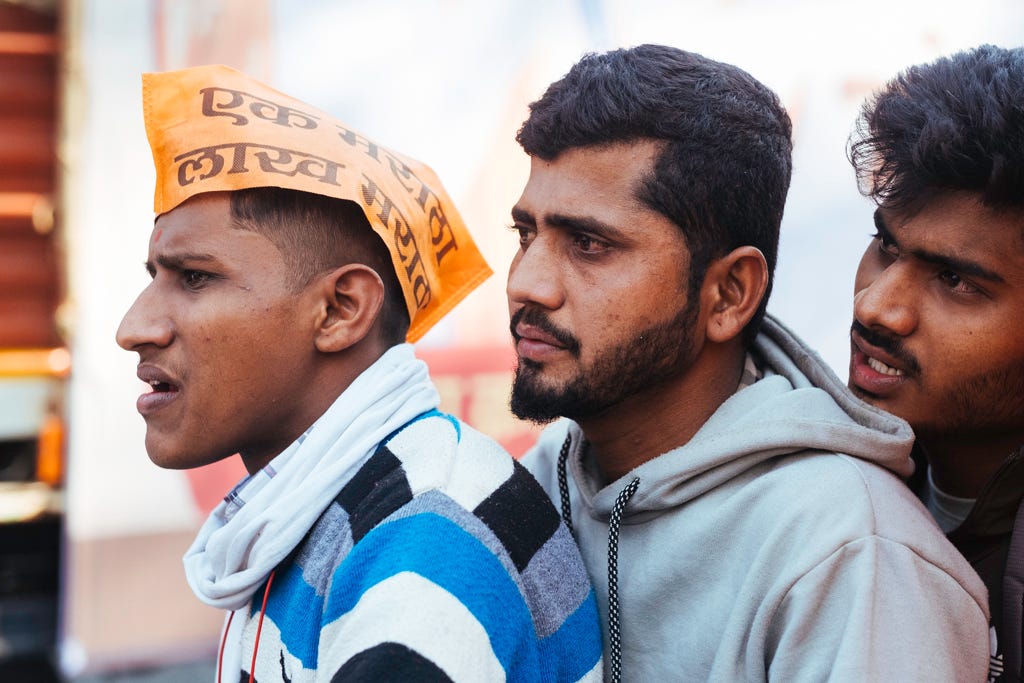
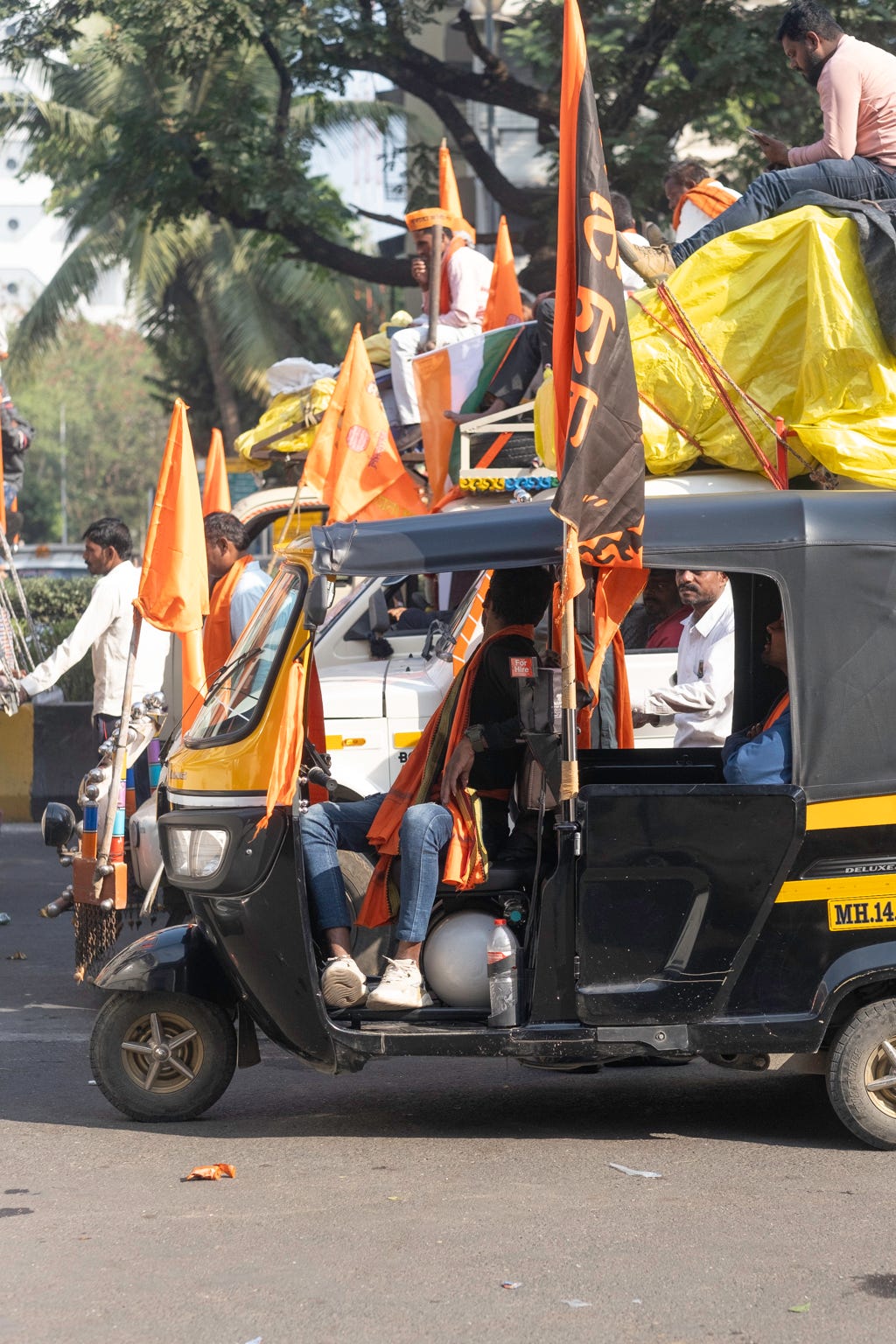
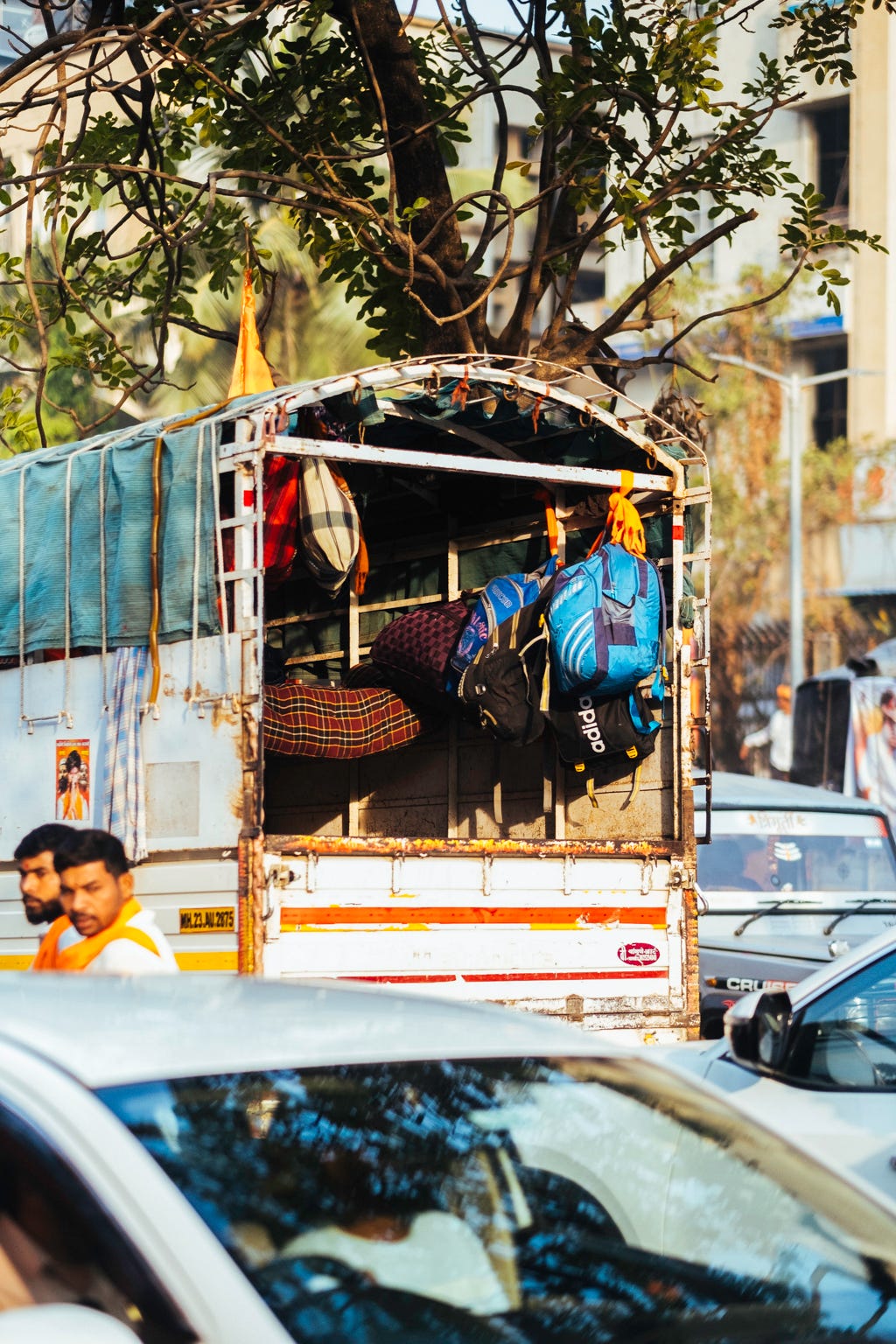
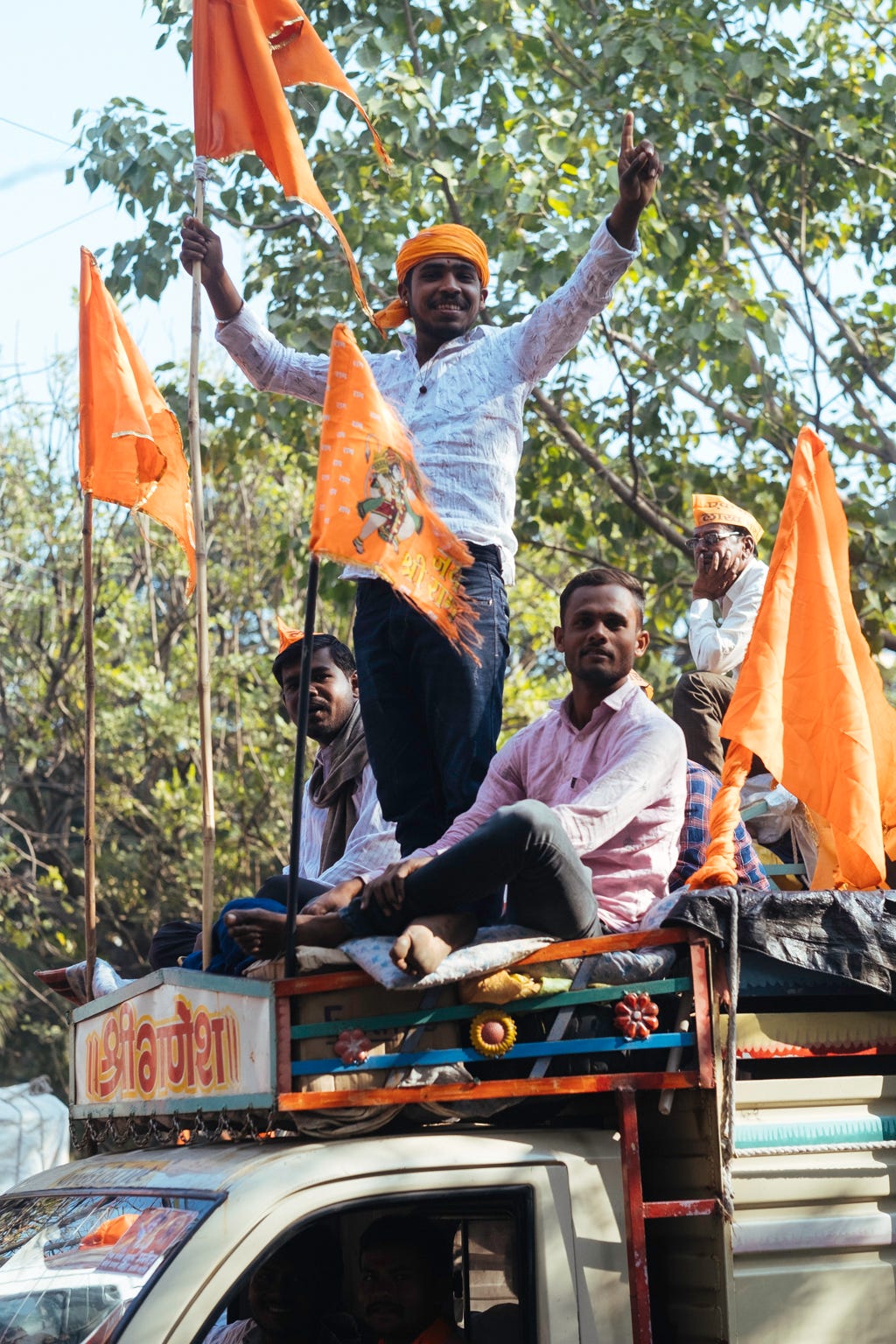
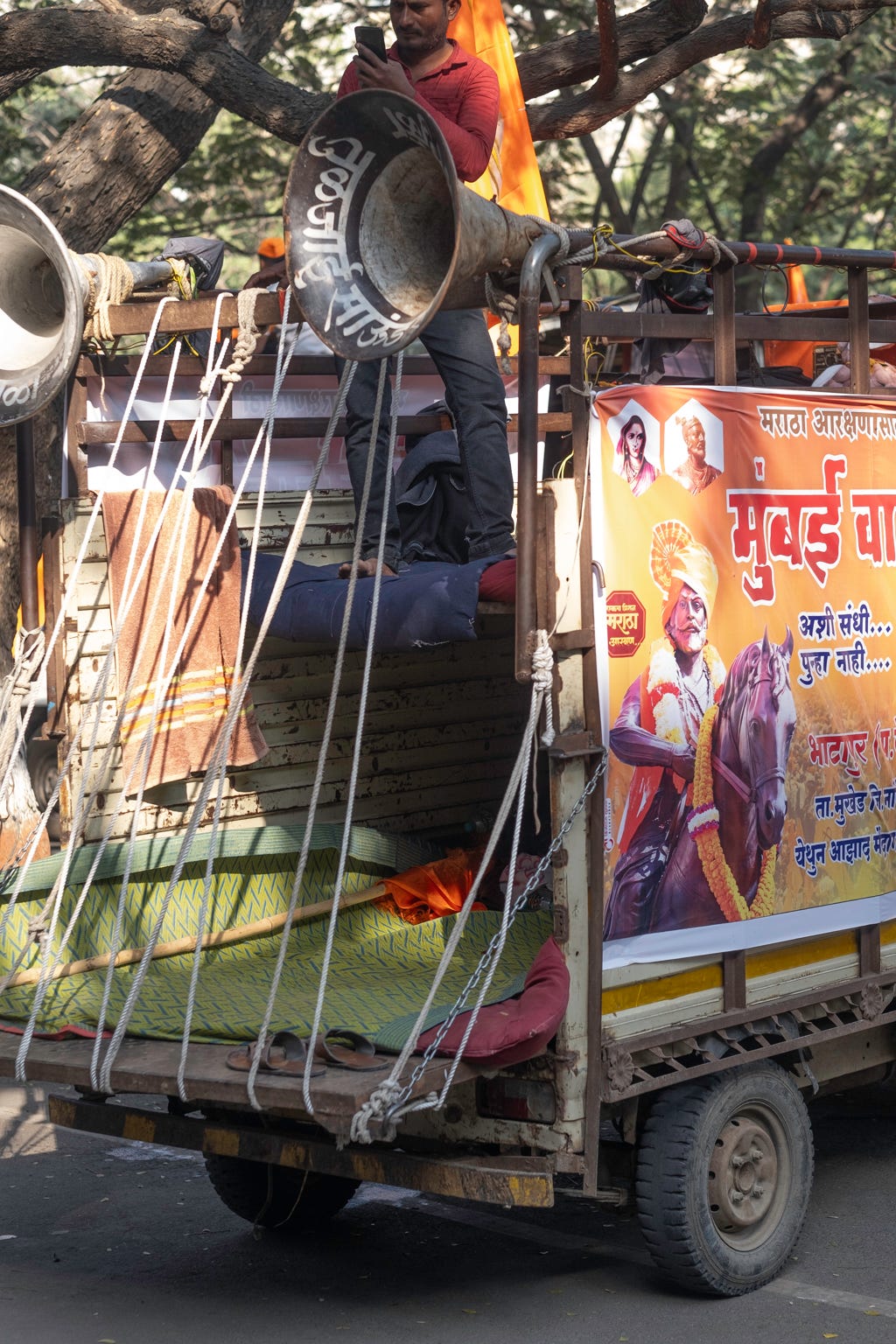
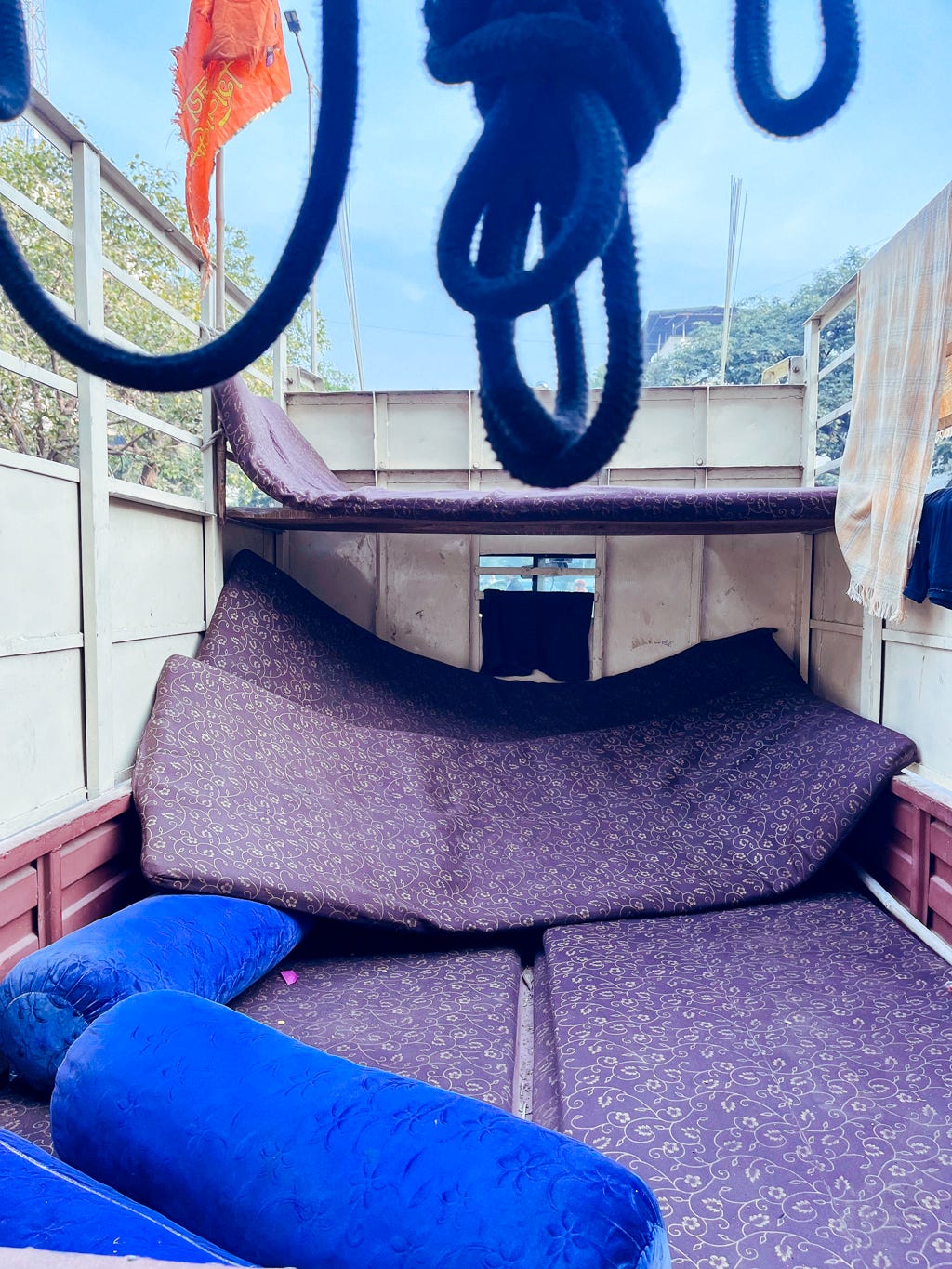
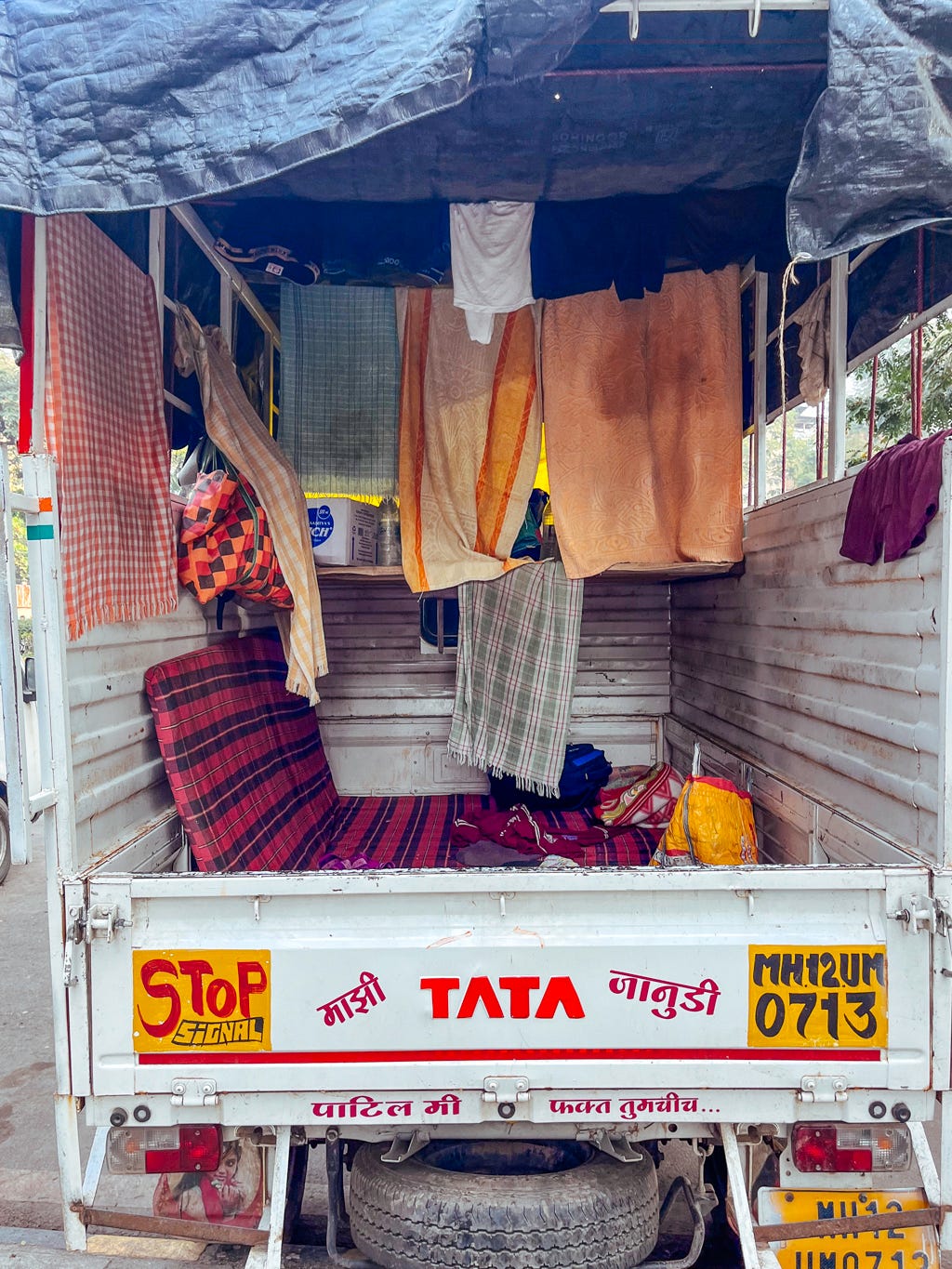
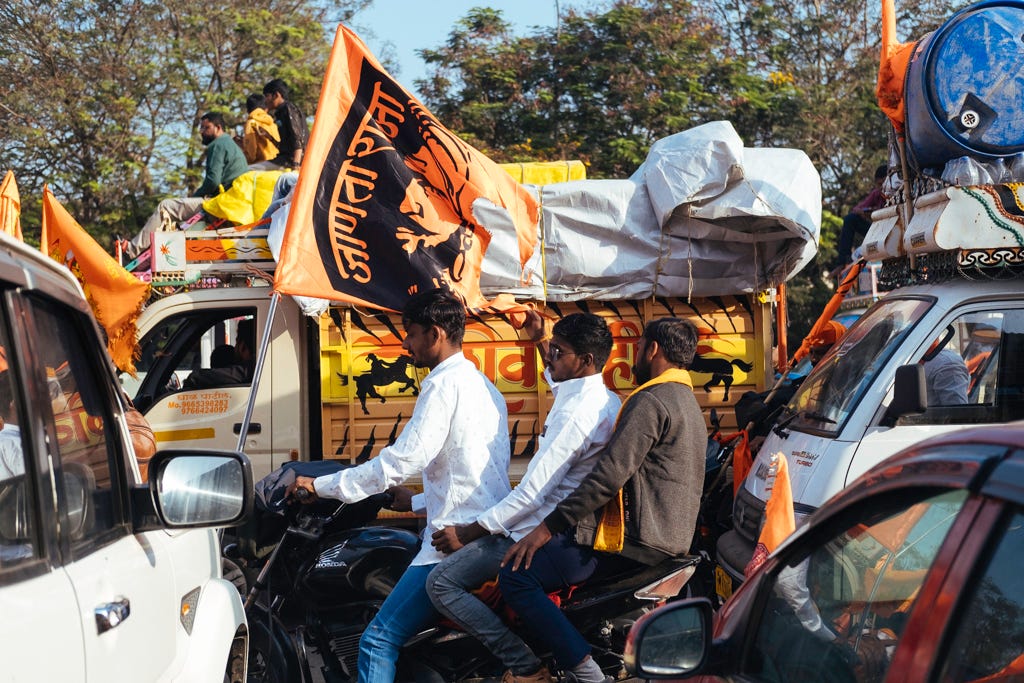
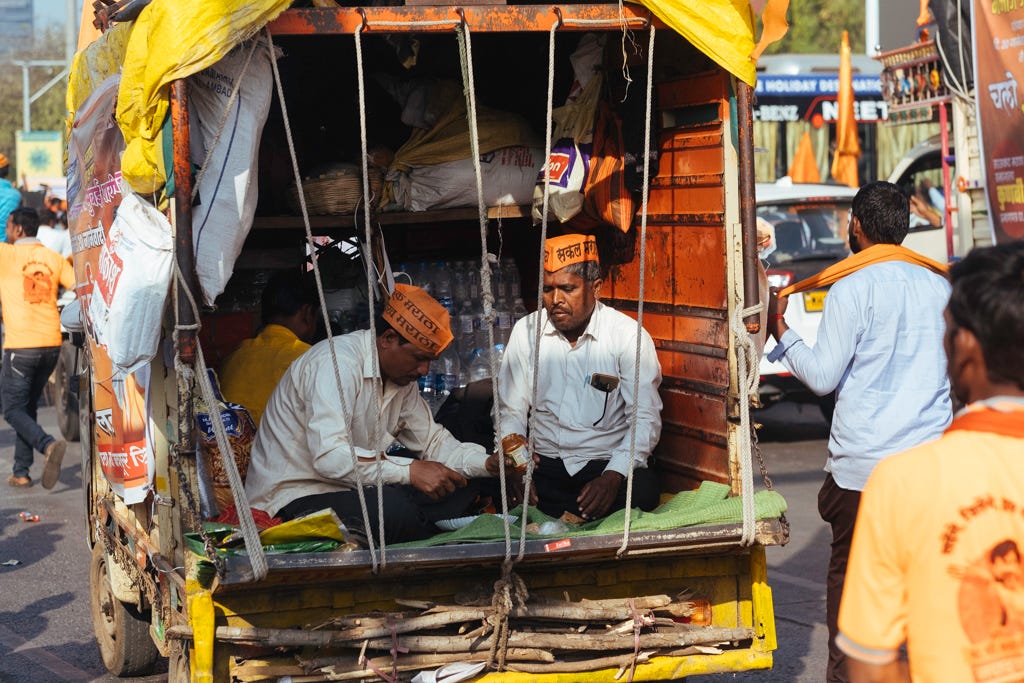
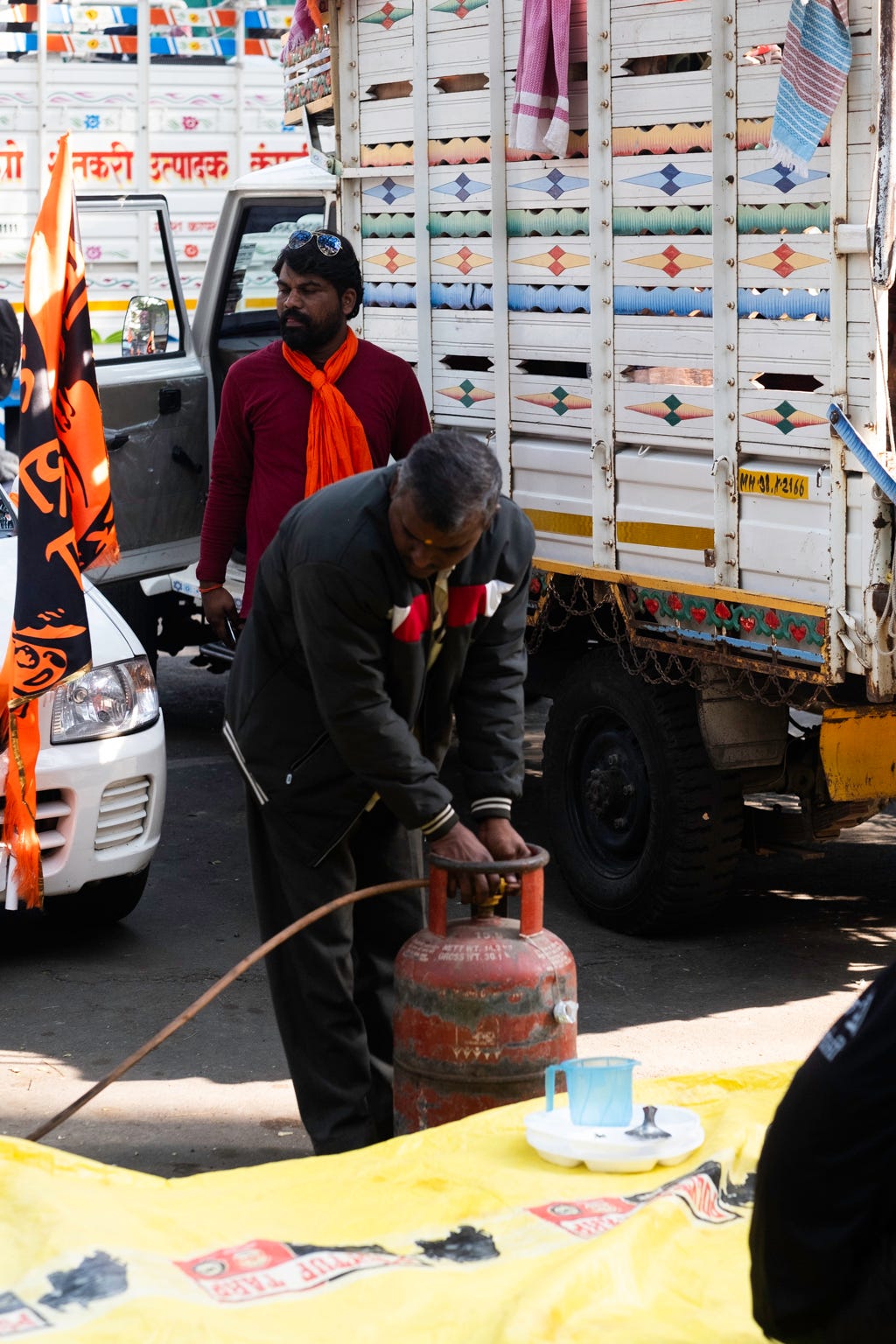
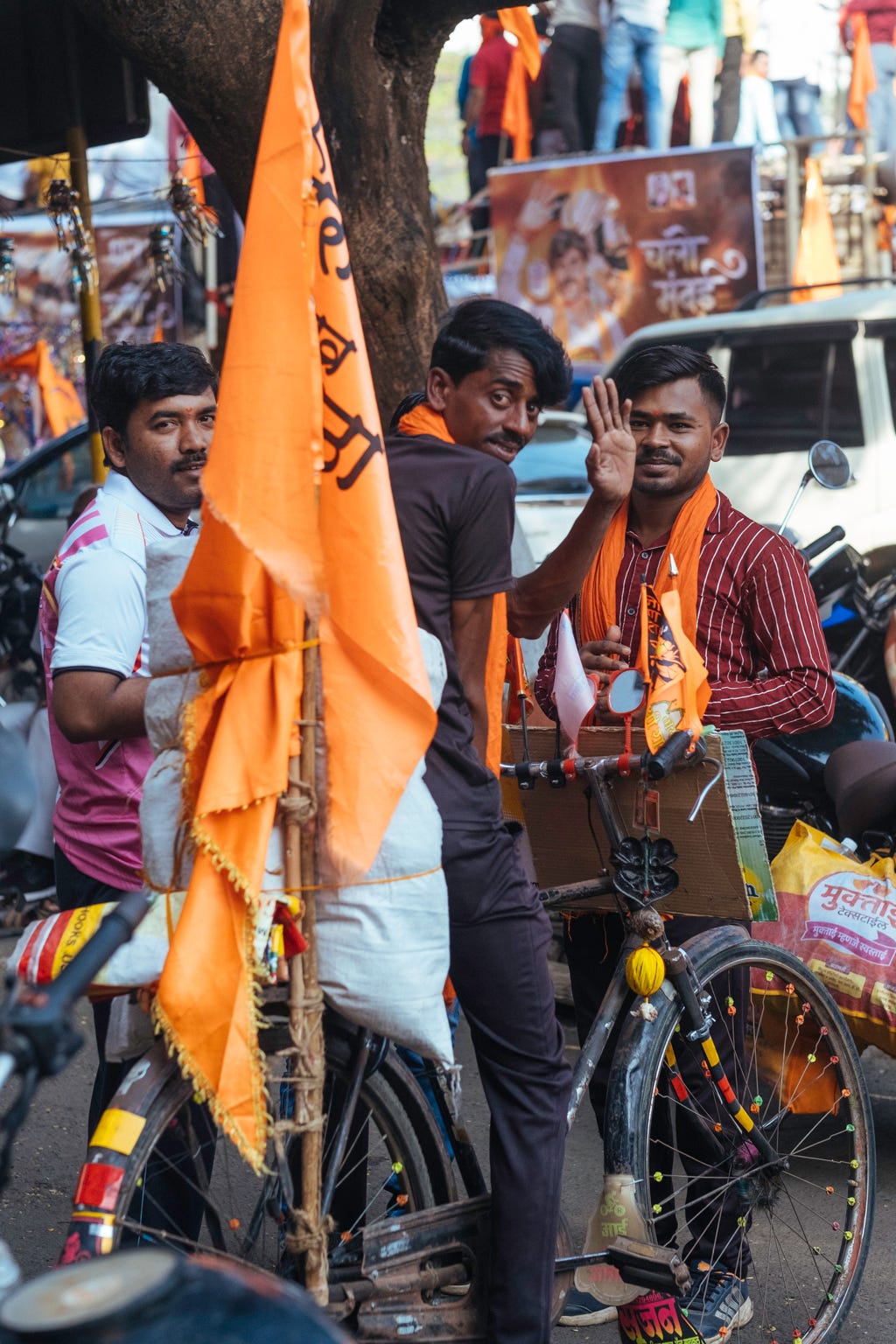
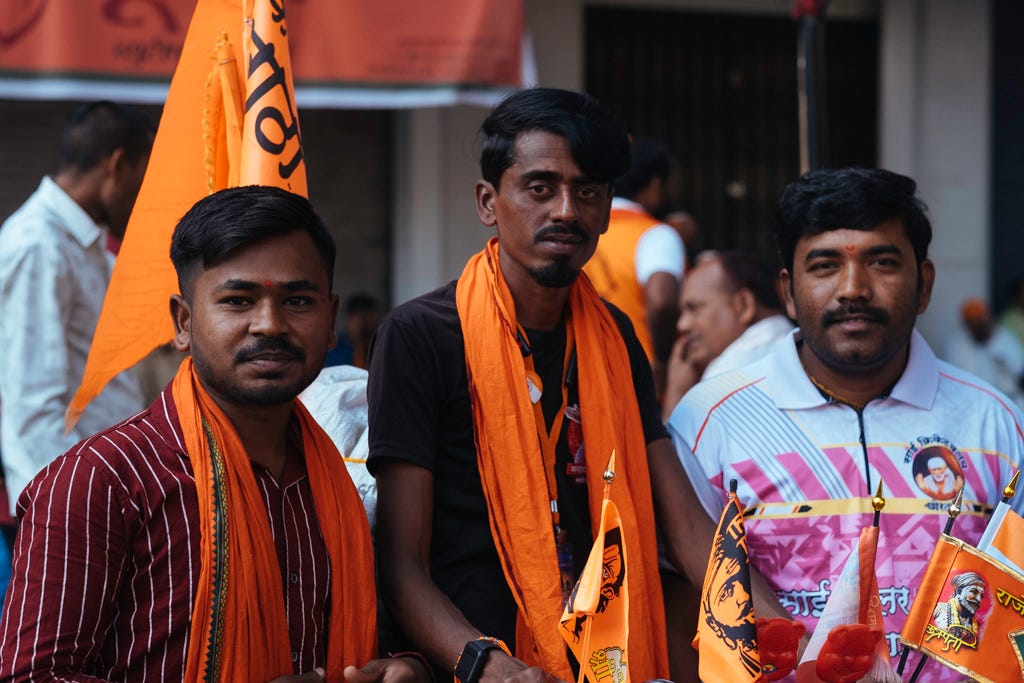
This was a great explainer of the protest and the subject! Plus your photos are simply amazing. Thank you!
Thank you for this extraordinary glimpse into the protest.